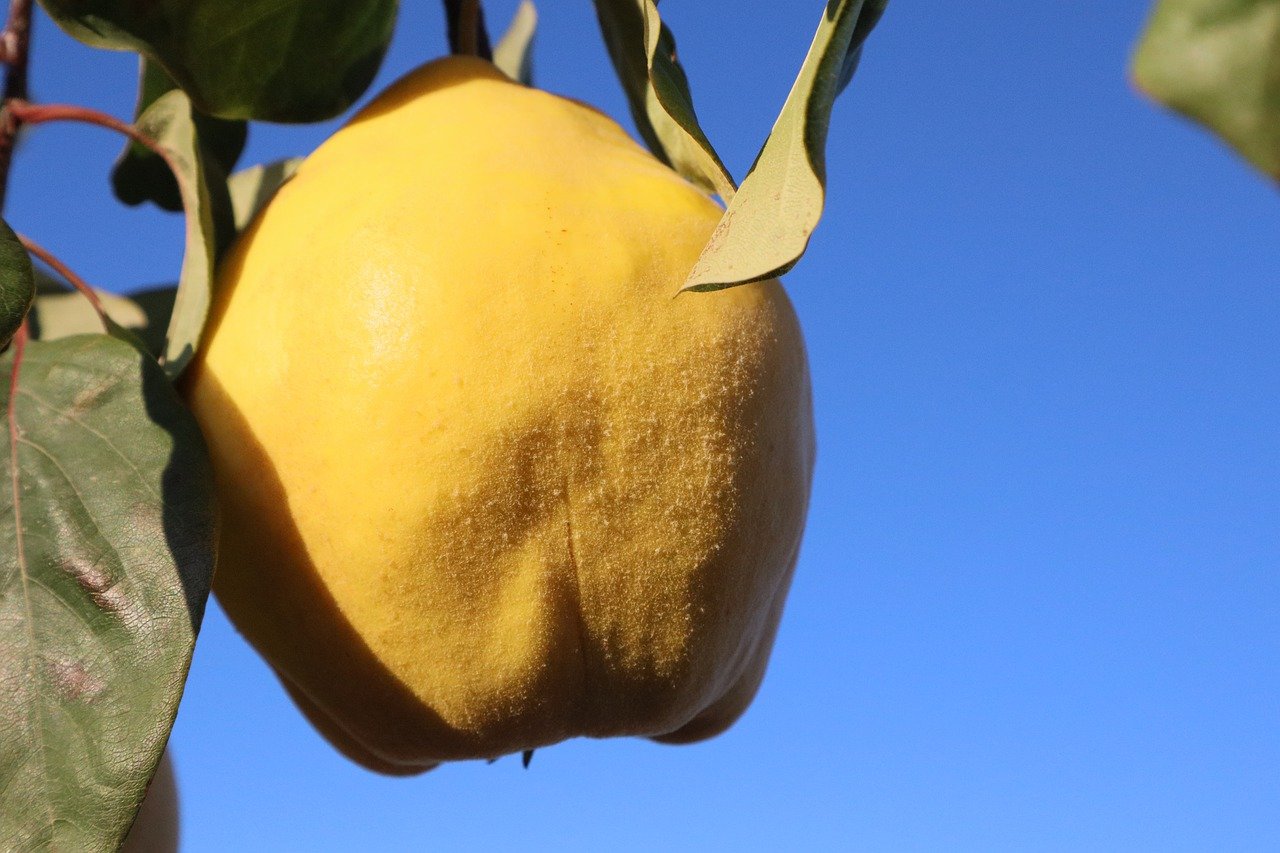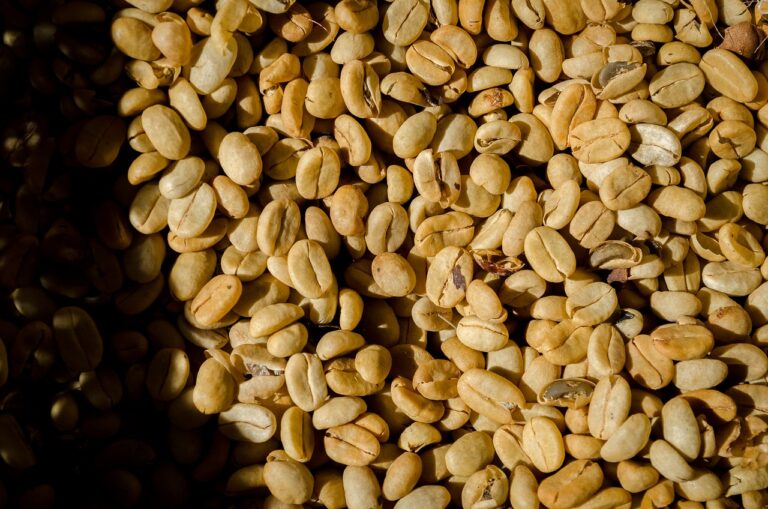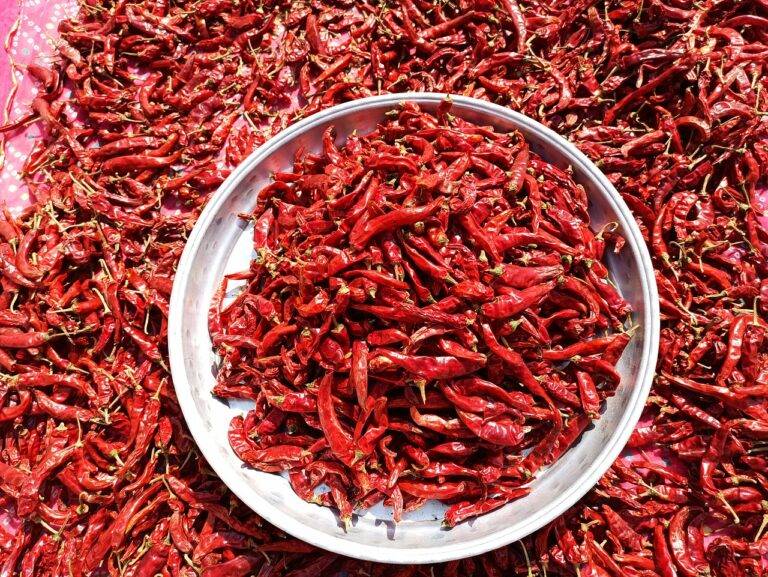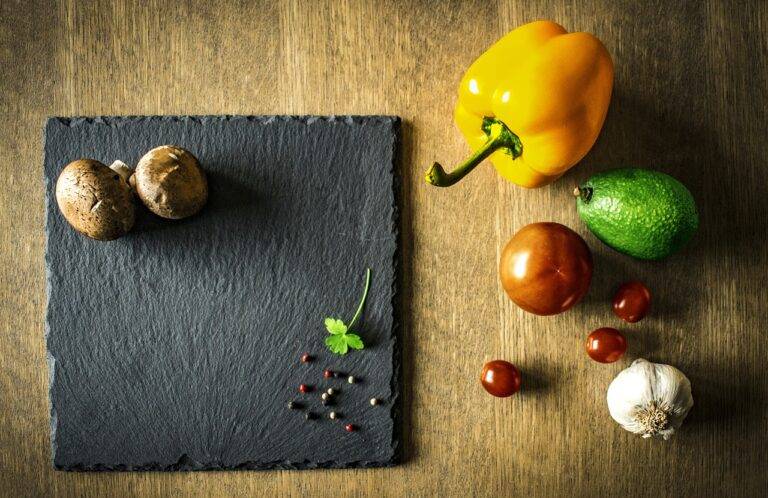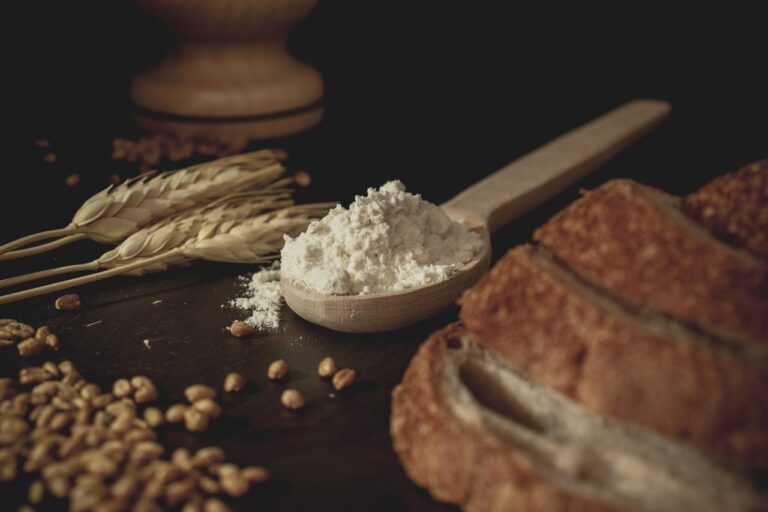The Art of Food Fusion: Blending Culinary Traditions for Unique Flavors
Food fusion is a culinary concept that has gained immense popularity in the modern gastronomic world. It involves combining elements from different culinary traditions to create innovative and unique dishes that tantalize the taste buds. The origins of food fusion can be traced back to various historical events and cultural exchanges where different cuisines merged, giving rise to a diverse range of flavors and cooking techniques.
Throughout history, migration, trade, and colonization have played significant roles in the evolution of food fusion. As people moved across regions, they carried their traditional cooking styles and ingredients, which inevitably interacted with local culinary practices, leading to the blending of flavors and culinary traditions. This cultural exchange sparked a wave of experimentation and creativity in the kitchen, giving birth to fusion cuisine as we know it today.
Understanding the Key Principles of Culinary Blending
As culinary fusion continues to gain popularity in the food industry, understanding the key principles of blending different culinary traditions is essential for creating harmonious dishes. One important principle is finding a common ground between the flavors, techniques, and ingredients of the different cuisines being fused together. This involves a delicate balance of respecting the authenticity of each culinary tradition while also allowing for creativity and innovation in combining them.
Another key principle in culinary blending is experimenting with contrasting flavors and textures to create dynamic and surprising taste experiences. Pairing ingredients that complement each other while also offering a unique twist can elevate a dish to new heights. Chefs often play with sweet and savory or spicy and subtle elements to create depth and complexity in fusion dishes, providing diners with a sensory adventure that transcends cultural boundaries.
• Finding a common ground between flavors, techniques, and ingredients of different cuisines
• Respecting authenticity while allowing for creativity and innovation
• Experimenting with contrasting flavors and textures to create dynamic taste experiences
• Pairing ingredients that complement each other while offering a unique twist
• Playing with sweet and savory or spicy and subtle elements for depth and complexity
The Role of Ingredients in Creating Fusion Dishes
When it comes to creating fusion dishes, the role of ingredients cannot be understated. Ingredients serve as the building blocks of culinary fusion, blending together flavors and textures to create unique and harmonious dishes. Each ingredient contributes its own distinctive qualities, whether it’s the umami richness of soy sauce in a Mexican-Japanese fusion dish or the spicy kick of chili peppers in a Thai-Italian fusion creation.
The key to successful fusion cuisine lies in the thoughtful selection and careful pairing of ingredients. Chefs must consider how different flavors and ingredients interact with each other, aiming to create a cohesive dish that showcases the best of each culinary tradition. By experimenting with ingredients from diverse cultural backgrounds, chefs have the opportunity to push the boundaries of traditional cuisine and invent exciting new flavor combinations that tantalize the taste buds.
What role do ingredients play in creating fusion dishes?
Ingredients are essential in creating fusion dishes as they bring together different culinary traditions and flavors to create unique and innovative dishes.
How can the right combination of ingredients enhance the fusion dish?
The right combination of ingredients can enhance the fusion dish by adding depth of flavor, texture, and visual appeal. It can also help balance out contrasting flavors and create a harmonious overall taste.
Are there any specific ingredients that are commonly used in fusion dishes?
Yes, there are certain ingredients that are commonly used in fusion dishes such as soy sauce, coconut milk, curry paste, and spices like cumin, coriander, and turmeric.
How important is it to source high-quality ingredients when creating fusion dishes?
Sourcing high-quality ingredients is crucial when creating fusion dishes as the quality of the ingredients directly impacts the final taste and presentation of the dish.
Can ingredients from different cuisines be easily substituted in fusion dishes?
Yes, ingredients from different cuisines can be substituted in fusion dishes, but it’s important to consider how the flavors and textures of the ingredients will work together to create a cohesive dish.

